- Home Page
- Company Profile
-
Our Products
- Hydraulic Pumps
- Hydraulic Solenoid Valves
- Conventional Valves
- Proportional Valves
- Safety Valves
- Mobile Control Valves
- Hydraulic Motor
- Cylinders and Servo Cylinders
- Hydraulic Filters
- Hoses and Fittings
- Gates Hydraulic Hose
- MP Filters Filters
- Dowty Gear Pumps
- Polyhydron Valves
- Manifold Blocks
- Walvoil
- Spica
- Hand Pumps
- ATOS Hydraulic Components
- Blog

What is the Importance of Industrial Hose Fittings in Global Supply Chains
In today's fast-paced global supply chains, the role of Industrial Hose Fittings has become increasingly critical. According to a report by Grand View Research, the global market for industrial hoses is expected to reach $18.5 billion by 2025, growing at a CAGR of 4.9%. Industrial hose fittings are essential components that ensure the safe and efficient transfer of fluids and gases across various industries, including manufacturing, construction, and agriculture. Their ability to withstand extreme temperatures and pressures underlines their importance in maintaining operational integrity and minimizing downtime. As supply chains become more complex and interconnected, the reliability of these fittings can significantly impact the overall performance and efficiency of logistics operations. Understanding the importance of Industrial Hose Fittings can help businesses optimize their supply chain strategies and reduce risks associated with material handling.
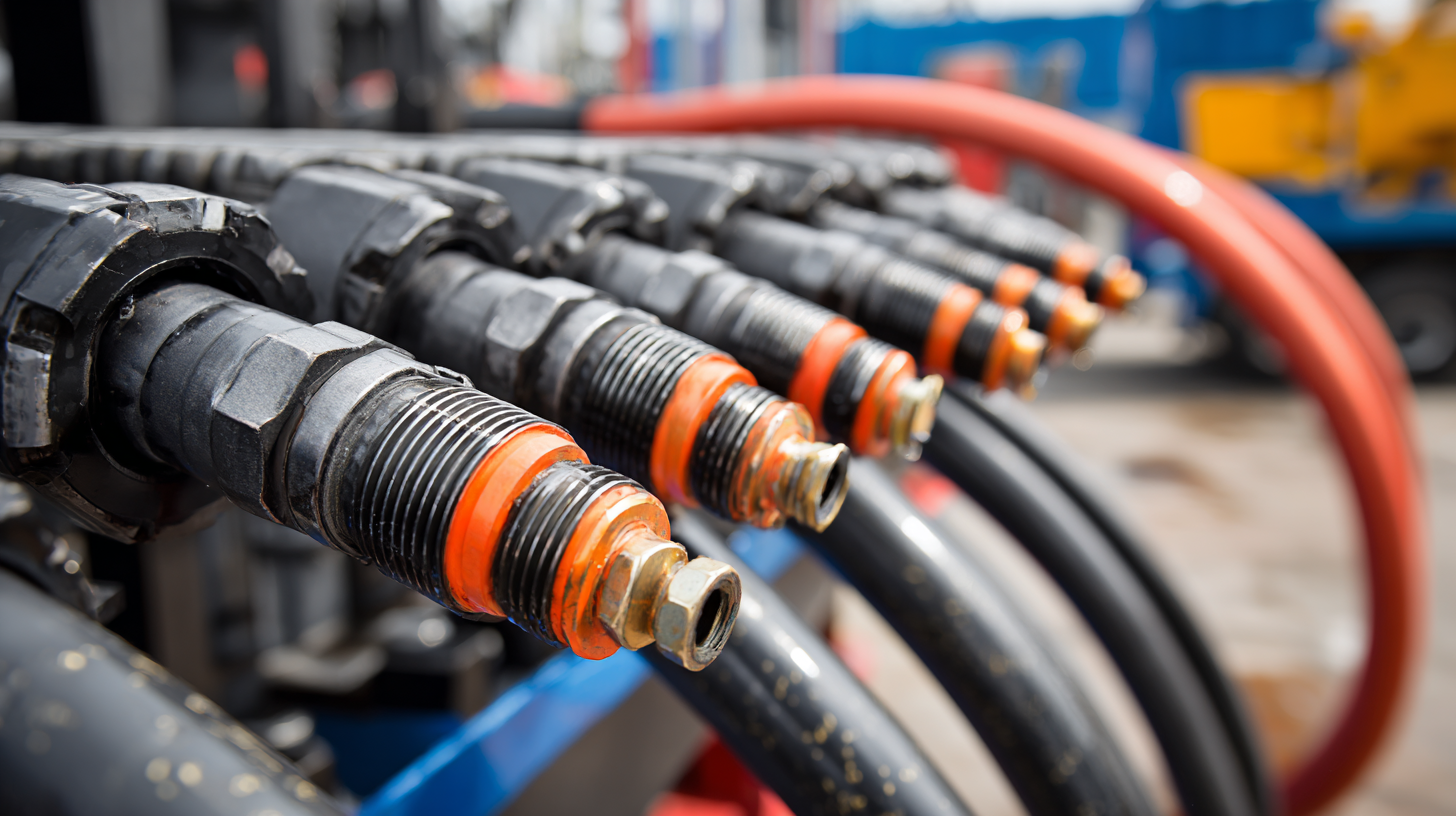
The Role of Industrial Hose Fittings in Enhancing Supply Chain Efficiency
Industrial hose fittings play a crucial role in enhancing supply chain efficiency by ensuring seamless connections between hoses and equipment. These fittings are designed to withstand high pressure and various environmental conditions, making them essential for transporting liquids, gases, and bulk materials safely. When properly integrated into a supply chain, industrial hose fittings help prevent leaks and downtime, leading to smoother operations and reduced costs.
To maximize the effectiveness of hose fittings within your supply chain, consider the following tips: first, ensure compatibility between your hose and fittings by choosing components from the same manufacturer when possible. This minimizes the risk of leaks and compatibility issues. Second, implement regular inspections and maintenance practices to identify wear and tear early, allowing you to replace or repair fittings before they fail. Lastly, train staff on the correct installation techniques and safe handling procedures, as proper user knowledge can significantly improve system reliability and performance.
What is the Importance of Industrial Hose Fittings in Global Supply Chains - The Role of Industrial Hose Fittings in Enhancing Supply Chain Efficiency
| Dimension | Details |
|---|---|
| Functionality | Provides reliable connections for fluid and gas transfer. |
| Materials Used | Manufactured from rubber, metal, or composite materials based on application requirements. |
| Installation Ease | Designed for quick installation and maintenance, minimizing downtime. |
| Safety Considerations | Proper fittings reduce the risk of leaks and enhance operational safety. |
| Market Growth | Expected steady growth in industrial hose fittings market due to rising demand in various industries. |
| Supply Chain Impact | Enhances supply chain efficiency through reduced delays and improved product flow. |
| Quality Assurance | Fittings are often subjected to strict quality control standards to ensure reliability. |
Key Statistics on Industrial Hose Usage in Global Supply Chains
Industrial hose fittings play a pivotal role in the efficiency of global supply chains, serving as essential connectors that facilitate the movement of various materials and fluids across different sectors. According to recent statistics, industrial hose usage has skyrocketed, reflecting a growing reliance on this technology for seamless operations. For instance, it is estimated that the global market for industrial hoses is expected to reach $18.5 billion by 2025, driven by increasing production and distribution activities worldwide.
Moreover, the need for robust industrial hose fittings is underscored by their application in sectors such as agriculture, construction, and manufacturing. A staggering 70% of industrial hoses are used in transferring chemicals and raw materials, emphasizing their significance in maintaining the integrity and safety of supply chains. The replacement cycle for these fittings is also noteworthy, with many facilities updating their hoses every 3-5 years to comply with safety standards and improve efficiency. This trend indicates not only the importance of maintaining high-quality fittings but also the growing awareness among industries about the need for reliable equipment to ensure smooth operations.
Understanding Material Compatibility for Reduced Downtime
Industrial hose fittings play a crucial role in the seamless operation of global supply chains. The compatibility of materials used in these fittings is essential to ensure that systems function efficiently without unexpected downtime. When materials are mismatched, it can lead to leaks, failures, or even hazardous situations that disrupt operations. Understanding the right material for specific applications can significantly enhance the longevity and reliability of hose connections.
Tip 1: Always check the chemical compatibility of the hose fitting materials with the substances they will transport. Using a fitting made from unsuitable materials can lead to degradation and premature failure.
In addition to matching materials, it's also vital to consider environmental factors. Temperature extremes, exposure to harsh chemicals, and mechanical stress all contribute to the performance of hose fittings. Selecting high-quality fittings that are designed to withstand specific operational conditions can prevent costly maintenance and delays.
Tip 2: Conduct regular inspections and maintenance of hose fitting systems. Early detection of wear and tear can save time and resources, ensuring that the supply chain remains uninterrupted.
Best Practices for Selecting Industrial Hose Fittings in Logistics
When it comes to logistics and supply chains, selecting the right industrial hose fittings is crucial for ensuring efficiency and reliability. The wide variety of hose fittings available can create confusion, making it essential for logistics professionals to adopt best practices when making their choices. First and foremost, understanding the specific requirements of the application is key. This includes factors such as fluid type, temperature, and pressure ratings, which all play a critical role in ensuring that the selected fittings will perform adequately and safely.
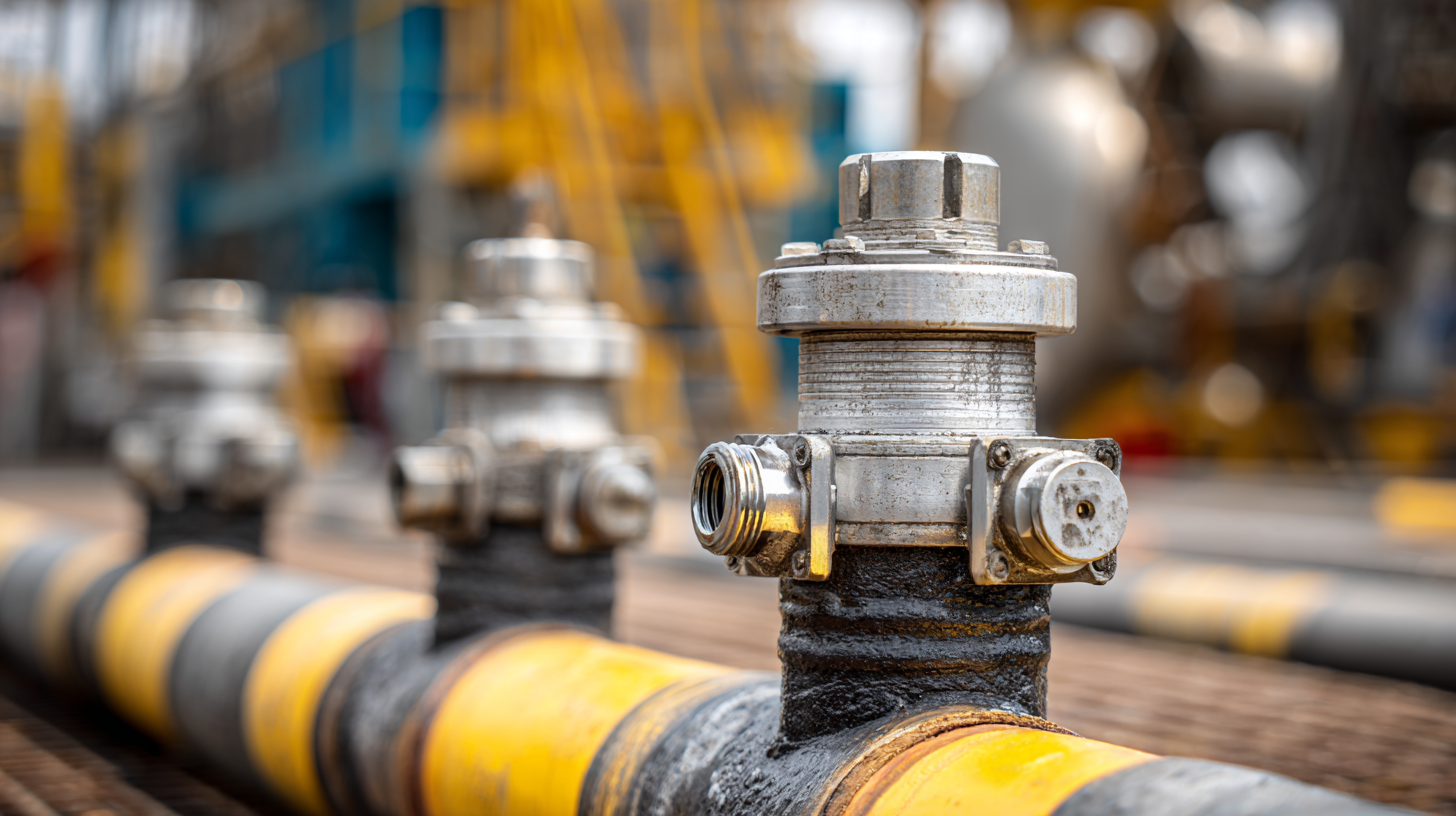
Additionally, quality should never be compromised. Opting for fittings that are known for their durability and compatibility with various fluid types can prevent costly leaks and downtimes. Choosing products from reputable manufacturers can help ensure that the fittings meet industry standards and provide the needed performance under various conditions. By prioritizing quality and matching the fittings to the specific operational needs, logistics managers can significantly enhance the efficiency of their supply chains while mitigating risks.
Future Trends: Innovations in Hose Fitting Technology Impacting Supply Chains
The evolution of industrial hose fittings is poised to play a critical role in the resilience and efficiency of global supply chains. With emerging technologies like AI shaping various sectors, including logistics, the integration of smart hose fitting systems is becoming increasingly important. These innovations not only enhance safety and reliability but also enable real-time monitoring and management of fluid transport, crucial for minimizing downtime and maximizing productivity.
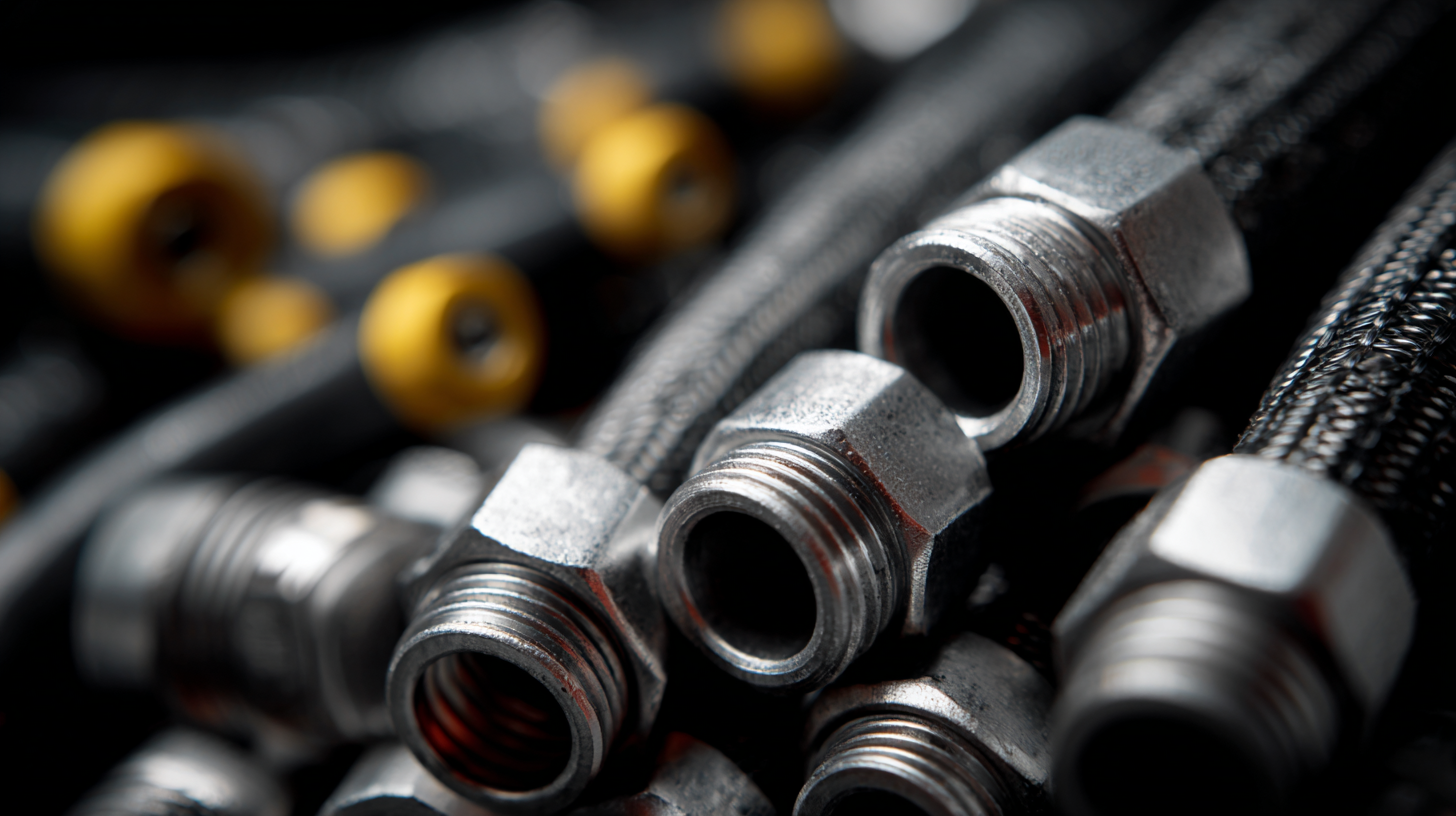
Moreover, trends such as the circular economy are driving demand for sustainable materials and practices in hose manufacturing. As companies prioritize environmentally-friendly solutions, advancements in hose fitting technology that comply with these principles will be essential. Features like lightweight, durable designs and recyclable materials can reduce the environmental footprint of supply chains while ensuring that they remain responsive to market needs. With these innovations, the future of industrial hose fittings is set to align closely with broader trends in technology and sustainability, ensuring they are a vital component in the modern supply chain landscape.
Related Posts
-
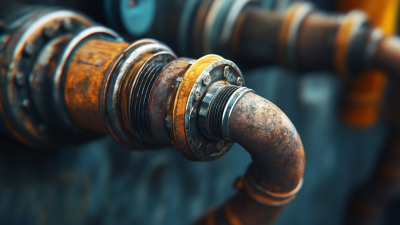
Exploring Innovative Alternatives for Optimal Industrial Hose Fittings
-
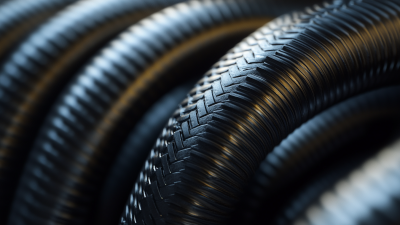
Maximizing Efficiency and Minimizing Cost: The Role of Aftermarket Support in Industrial Hose Fittings
-
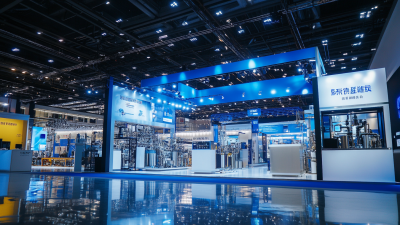
Hydraulic Fittings Showcase Success at the 137th Canton Fair Set to Drive International Trade Growth
-

7 Innovative Uses for Hydraulic Hoses in Industrial Applications
-

What is the Importance of Pressure Hoses in Industrial Applications and Their Performance Metrics
-
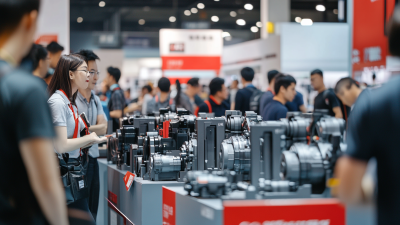
Unleashing Global Markets: Hydraulic Gear Pumps Shine at the 137th Canton Fair 2025
Developed and Managed byInfocom Network Private Limited.
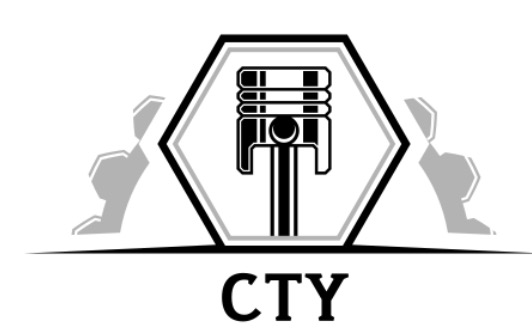
 Send Inquiry
Send Inquiry
